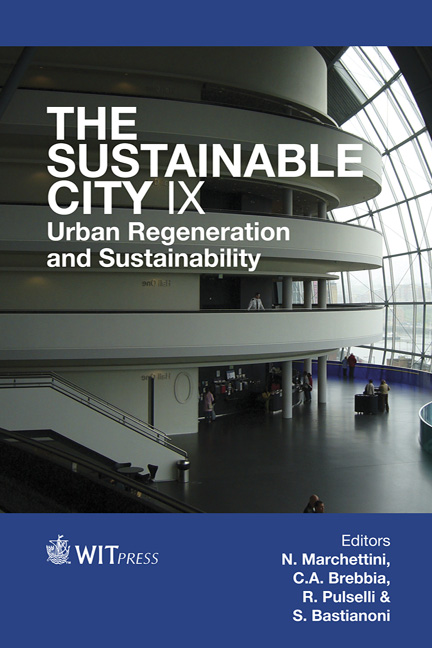Study On The Buffer Zone Of A Cultural Heritage Site In An Urban Area: The Case Of Shenyang Imperial Palace In China
Price
Free (open access)
Transaction
Volume
191
Pages
9
Page Range
1115 - 1123
Published
2014
Size
1,516 kb
Paper DOI
10.2495/SC140942
Copyright
WIT Press
Author(s)
Q. Li, F. Yuichi, M. Morris
Abstract
This paper discusses the problem of how to manage urban development around a World Heritage site by focusing on the case of Shenyang Imperial Palace, China. The conclusion shows that buffer zone regulation and maintenance is important, not only to highlight the central monument, but also to conserve the historic urban landscape and to link contemporary buildings to the urban historical context. More cooperation from local residents is needed, particularly to extract genius loci or the spirit of the place from the cultural properties. It has become normal for skyscrapers to be built or to exist in the area around designated historic sites. In order to preserve the integrity of the historic landscape, it is necessary to promote an integrated and harmonious relationship between traditional conservation and new architectural and urban developments. Moreover, methods of controlling high-rise building beyond the buffer zone also becomes a serious topic in the context of historic urban landscape. As determined by the regulation for “the protection of the Imperial city in Shenyang” the buffer zone is divided into the Key Protection Area and Ordinary Protection Zone, and the height of buildings is limited to 9–30 meters according to their distance from the core. The government has made great efforts to preserve the core so as to apply for World Heritage designation before July, 2004. However, it is a great pity that old and traditional buildings in the buffer zone have been destroyed and a 43-storey high-rise building was built close to the buffer zone in 2006.
Keywords
Shenyang Imperial Palace, World Heritage, buffer zone, HUL, Vienna Memorandum, genius loci





